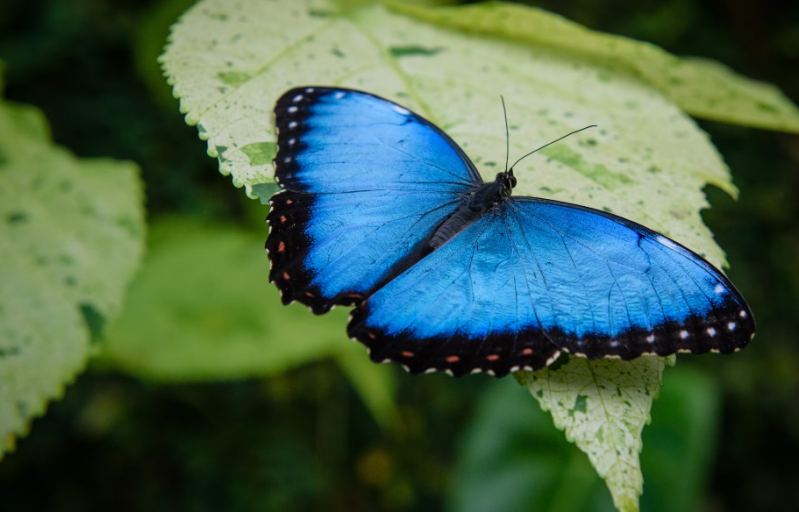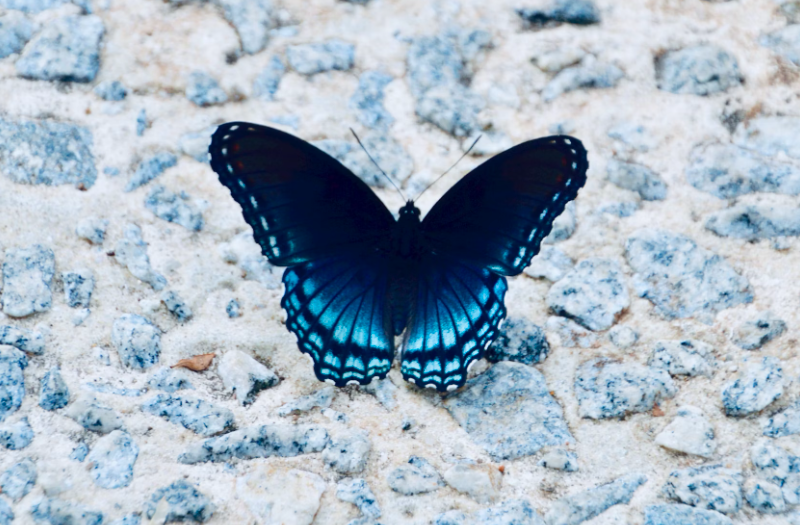What Is the Butterfly Effect Theory and How Does It Even Work?

© Michal Mrozek / Unsplash
Why do things happen in our daily lives? How much control do we really have over our lives? Well, we have the answers for you! Have you ever heard of the butterfly effect theory? It’s a concept that may seem confusing at first, but once you understand it, it can have a profound impact on how you view the world around you. Here is how this connects to your daily life.
What Is the Butterfly Effect?
The “butterfly effect” was named by Edward Lorenz in the 1960s while studying weather patterns at MIT. He demonstrated through a model that small changes in initial conditions can lead to significantly different outcomes over time. This was exemplified by the metaphorical scenario of a butterfly flapping its wings leading to a hurricane elsewhere. Lorenz’s work challenged the idea that weather could be accurately predicted solely based on historical data. He showed that even tiny alterations in input could produce vastly different results in weather simulations.

Lorenz argued that long-range weather forecasting is extremely challenging due to the immense complexity of natural systems. He emphasized that humans cannot measure all the intricate variables involved, making it impossible to accurately predict long-term weather patterns. The interplay of countless minute factors can lead to significant and unpredictable consequences, illustrating the limitations of human understanding in forecasting natural phenomena.
What About It?
Lorenz’s discovery led to the development of chaos theory, which explores the unpredictability of complex systems. This theory highlights the butterfly effect, where small changes can have significant consequences over time. Examples of this phenomenon include daily weather patterns and the broader impacts of climate change. Climate change affects various ecosystems and species, such as alpine butterflies in North America, illustrating both direct and indirect consequences of environmental shifts.
The Butterfly Effect Theory and Ecosystems
The butterfly effect theory, when applied to ecosystems, demonstrates how small changes can have widespread and significant impacts on multiple species within a food web. This highlights the interconnectedness and vulnerability of ecosystems to disturbances. For instance, decisions like restricting hydroelectric dam construction may seem beneficial environmentally, but they can inadvertently lead to increased reliance on fossil fuels, exacerbating climate change. Similarly, subsidies for biofuels, intended to reduce fossil fuel dependence, can inadvertently contribute to deforestation, water scarcity, and food price hikes, disproportionately affecting vulnerable populations.

Historical Examples of the Butterfly Effect
- The Chernobyl Disaster: Operators’ errors in conducting an unusual test at the Chernobyl nuclear reactor led to a catastrophic explosion, resulting in the depopulation of the area and long-term environmental consequences. This incident exemplifies how small mistakes can have profound and far-reaching effects.
- The Atomic Bombing in Nagasaki: Originally, U.S. pilots intended to bomb Kuroko, another Japanese city, but clouds obscured the target, leading them to bomb Nagasaki instead. This seemingly small change in plans altered the course of history, sparing Kuroko from devastation.
- Adolf Hitler’s Rejection from the Vienna Academy of Fine Arts: Had Hitler been accepted into the academy, he might have pursued a career in art rather than politics, drastically altering the trajectory of World War II and the Holocaust.
Do you believe in the butterfly effect theory?
You might also want to read: What Is the Orange Peel Theory That TikTok Is Talking About?



